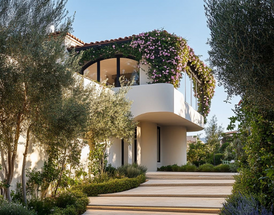Jul 1st 2025
Support Biodiversity and Improve Energy Efficiency—With Artificial Plantscapes
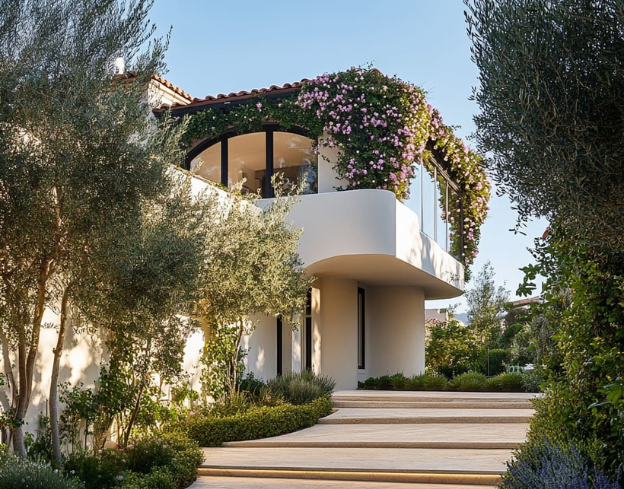
In today’s built environments, designers and developers are increasingly tasked with two urgent challenges: improving energy efficiency and supporting biodiversity. While these goals are typically associated with live planting systems, artificial plantscapes—from faux green walls to lifelike trees and planters—are proving to be powerful tools in achieving them at scale. At Artificial Plants Unlimited, we create high-performance artificial greenery that helps architects, designers, and property managers meet environmental and aesthetic goals without the limitations of living systems.
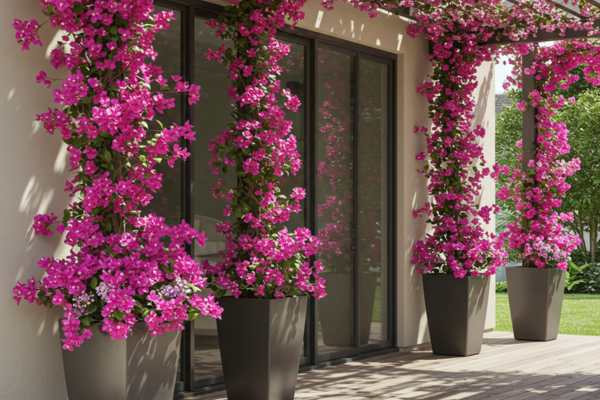
A New Take on Green Infrastructure
Traditional green infrastructure, like vertical gardens and roof plantings, plays a well-known role in improving energy performance by reducing solar heat gain, increasing shade, and moderating urban temperatures. However, live plants come with challenges: they require irrigation, maintenance, soil depth, and long-term environmental stability—none of which are guaranteed in dense, urban, or extreme climates.
That’s where artificial plantscapes offer an adaptive advantage. By mimicking the visual and spatial effects of real greenery, artificial solutions provide many of the same benefits—especially in terms of energy use and urban ecosystem support—while eliminating the need for water, soil, fertilizers, and climate-sensitive maintenance. And thanks to advances in material technology and UV-resistance, our artificial foliage performs reliably in both indoor and outdoor environments year-round.
How Artificial Greenery Supports Energy Efficiency
Artificial plantscapes contribute to energy efficiency in several indirect but meaningful ways:
- Shading and Solar Management
When installed on rooftops, along sun-drenched walls, or around windows and glass facades, artificial green walls and faux hedges act as passive shading systems. They reduce surface heat absorption and glare, helping to regulate indoor temperatures and lower cooling loads—especially in buildings with high solar exposure.
In urban settings where sunlight bounces off concrete and glass, artificial greenery offers a cooling buffer that improves occupant comfort and reduces the need for energy-intensive HVAC adjustments.
- Reducing Heat Island Effects
In areas with minimal vegetation, such as rooftops, parking structures, or industrial zones, artificial plantscapes create cooler microclimates by visually softening heat-retaining surfaces and absorbing less heat than exposed concrete or metal. While they don't photosynthesize, they play a role in mitigating urban heat island effects by covering hardscapes with heat-dispersing, non-reflective materials.
- Insulation Support
Exterior green wall systems made with artificial foliage can be layered with insulating panels or mounted on façades to create an additional barrier between the building envelope and the environment. This layer reduces thermal transfer, buffering temperature extremes and contributing to the building’s overall thermal performance.
Designing for Biodiversity—Even with Artificial Plants
At first glance, the idea of supporting biodiversity with artificial greenery may sound counterintuitive. After all, artificial plants don’t produce pollen or nectar. But when used strategically, they create conditions that protect and promote real biodiversity—especially in urban or transitional landscapes where live plant systems struggle.
Here’s how:
- Creating Habitat Zones with Hybrid Installations
Artificial plants can be used to frame or augment live planting areas—extending green cover and supporting small wildlife, such as pollinators and birds, by creating visual continuity and safe perches. In courtyards, rooftops, or atriums where living plants are used selectively, artificial elements can fill gaps without interrupting the visual green plane. This continuity is key for biodiversity, as many species rely on uninterrupted corridors for navigation and habitat.
- Minimizing Human Disruption
In high-traffic areas such as hotels, shopping centers, or airports, live plantings are vulnerable to wear, accidental damage, or removal. Artificial plantscapes can stand in as green buffers—preserving the look and function of green zones without the vulnerability. This helps ensure constant visual and spatial support for biodiversity, even in areas where real plants cannot survive.
- Supporting Ecological Design Goals at Scale
Not every environment is capable of supporting large-scale living green infrastructure. But artificial greenery allows for the replication of biophilic and ecological design principles at any scale. This means architects and planners can commit to visible green coverage as part of their sustainability metrics, even when live plants aren’t feasible due to climate, cost, or logistics.
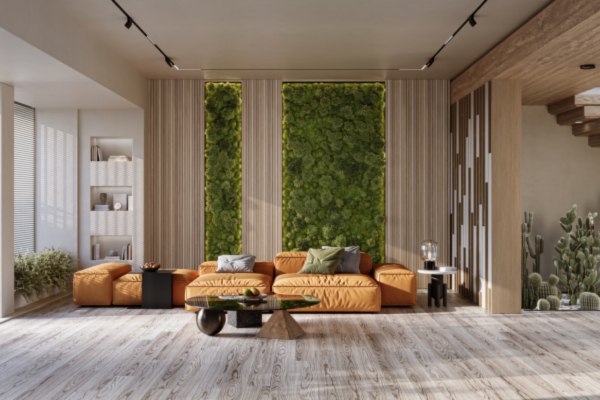
Scalable, Sustainable, and Smart
One of the most compelling benefits of artificial plantscapes is their scalability. From a 20-story façade to a small indoor lobby wall, they deliver a consistent, low-maintenance solution that’s reliable over time, regardless of climate or resource availability. Our products are engineered with high-performance UV-rated materials that resist fading, cracking, or warping—ensuring a long service life with minimal upkeep.
They also contribute to LEED and WELL design strategies by supporting energy-efficient performance, biophilic aesthetics, and occupant wellness—all without adding maintenance demands or resource strain.
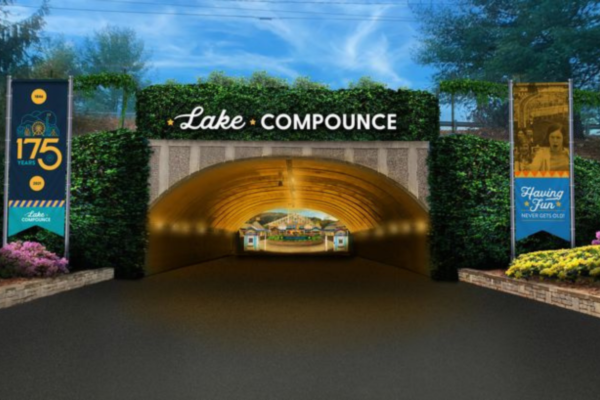
Real Impact Without Real Plants? It Works.
Supporting biodiversity and improving energy efficiency doesn’t always require soil, water, and sunlight. In fact, many of the benefits attributed to living greenery—thermal buffering, visual comfort, microclimate support—can be enhanced and extended through artificial installations. When used with intention, artificial plantscapes can support the design goals of ecological responsibility, resilience, and regenerative aesthetics.
At Artificial Plants Unlimited, we’re committed to helping architects and designers build smarter, greener spaces—one lifelike leaf at a time.
Ready to Bring Scalable Green Design to Life?
Explore our custom artificial plantscapes, UV-rated green walls, and commercial-grade faux greenery at www.ArtificialPlantsUnlimited.com
